Doing things your way is one of the best parts of being your own boss and when done right seems to be highly correlated with outsized success. So, we wanted to gather real-world examples to shed more light on how the best artists, entrepreneurs and leaders differentiate themselves from others in their respective industries.
Jessica Pidcock

I went to college for art but started seeking out classes and instructional books long before then. I was always internally driven to practice and learn new skills, and that is probably the most important piece – determination and passion. I dont think there would be any way to speed up the learning process if you are truly invested – everything will happen in it’s right time if you’re following your passion. For me, my art changed greatly with my own life experiences and the wisdom that comes with learning life lessons. When art is coming from a deep and true place, it is intrinsically tied to your life and so will develop along with your lived experience and sense of self. This is why determination and passion are key skills – there are no shortcuts and the more you follow your passion, the better your art will be. Read more>>
Daniel Irving

I’ve learned the most about songwriting and musicianship by (1) studying what other successful artists have done, and (2) working with other musicians. From the beginning of my creative journey, I had always done that first point of studying other successful artists – listening to records, trying to understand what makes them good or bad to my ears, and finding lessons in live performances. Read more>>
Daniel Hightower

I learned to do what I’m doing by trial and error, there’s no one way to do one thing. Around 2015 I started painting, and I started building my skills by watching YouTube videos and reading books. The most I learned was from a professor in college. Once I got to college, I met a professor by the name of Robert Williams. He broke down the art of painting, to me. Read more>>
Ging Chen Sow

I went to the University of Southern California’s School of Cinematic Arts to pursue a BFA in Film and Television Production, however, my emphasis was on other fields instead of production design and art directing. It wasn’t until my last year in college that I took on the role of production designer for a film, and I finally learned what it meant to be one. Read more>>
Elléna Lourens
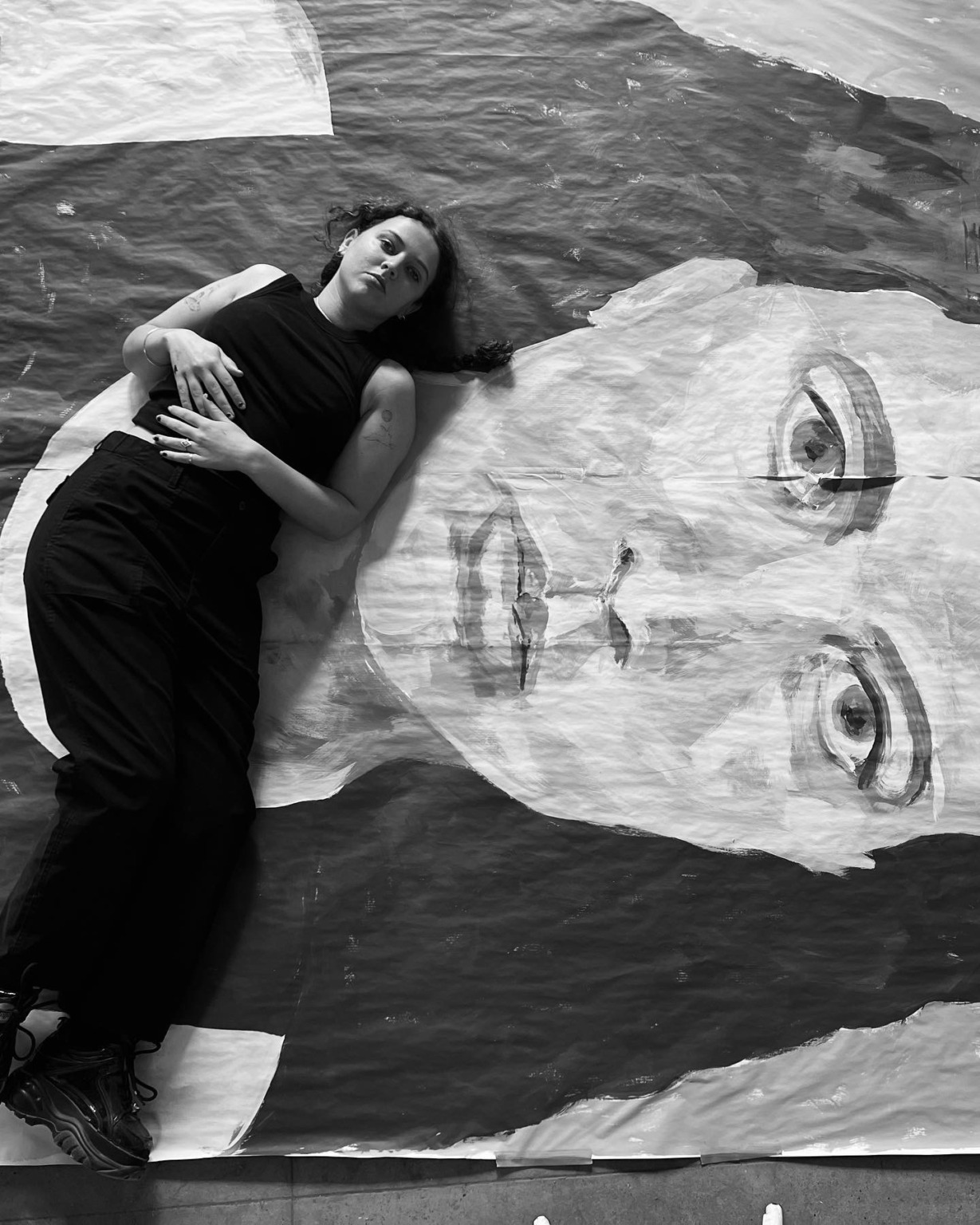
As boring as this answer may be, the only way to learn is to just practice, the more time you put in, the better you will be. In terms of concept, following your gut and what excites you is very important, being true to what you find inspiring. Skill wise, it takes constant practice, training your eye, and your hand. Read more>>
Eric Dalton

I am a recording artist and also a recording engineer. Been recording for over fifteen years now for myself and for others. For as long as I could remember I loved writing music and being the perfectionist that I am, I insisted that I learn to record myself. In doing so, I found the sound I was looking for and it’s still evolving to this day. Definitely learned a lot along the way while working/collaborating with other artists. Any advice I would give would be to work with as many different genres as possible. I was/am fortunate enough to get this opportunity and it keeps me on my toes and constantly finding out new tricks. Checkout my work on www.ericdaltonproductions.com Read more>>
Francesca Mormanni

I grew up in an artistic household. My dad is a classical pianist and started teaching me piano when I was three. Music, reading, and watching classic films were all part of my daily life, which developed the foundation for most of what I do in my career now. When I was around nine years old, I attended a classical flute and harp concert; the performance made such an impression on me that I decided I wanted to play both instruments. I ended up studying flute and harp at Juilliard, both in pre-college and undergrad. Read more>>
Mark Moody

In the early 80s we were strapped for spare cash for a Christmas gift for my sister. A friend suggested trying a simple glass project and let me use some basic tools that he had. That started everything. As a fully self taught artist, I wonder if classes at the early stage would have helped or hindered my vision arc. Since I wasn’t aware of the ” rules” of glass work, I went down paths that aren’t considered standard to the profession such as using lenses, hinges, old 45 RPM records and many other unglass things. Read more>>
Jesse Carter

My mother bought me my first guitar and a John Denver Songbook, when I was around 13 years old. John Denver was a popular artist at that time, I loved his music. The songbook had simple chords G. C, D, Am7, so the songs were easy to learn and play. I never really leaned any hard chords, because I figured if these easy chords were good enough for John Denver, they were good enough for me! I did take a few guitar lessons, and my cousin MaryJo, also showed me a thing or two, but I was mostly self taught. Read more>>
Adefela Adeigbe

1. Thought mentorship.
2. Start earlier.
3. Confidence, Patience, Teachability, Team Spirit.
4. Lack of self confidence at the beginning. Read more>>
Missy Graff Ballone

I’ve loved making things since I was a kid. In high school, I was constantly drawing and painting. My sketchbook was always with me. When I started driving, I would visit the waterfalls near my grandparents’ house just to be in nature and draw. Those moments remain some of my favorite memories. Read more>>
Ester Wiesnerova

As a teenager in the small town of Partizánske, Slovakia, I fell in love with jazz. But there was one problem—I didn’t know a single person around me who shared that passion. So, I turned to Google, searching “how to sing jazz”, downloading textbooks, and noticing one name over and over: Berklee Press. That’s how I discovered Berklee College of Music and started secretly dreaming of studying there. Read more>>
Ally Cotton

I have been oil painting for ten years now. I have been lucky enough to have terrific painting teachers throughout that time. Through them I was able to try out different techniques and processes that worked for each one of them. This past two years at the New York Academy of art has been especially enlightening. This unique program draws in people who are total technique and material nerds about oil painting. My knowledge has expanded ten fold when it comes to surfaces, mediums, solvents, pigments. etc. Being around other creative and passionate people, and a lot of practice on the side is how I’ve come to have the skills I have today. Knowing what I do now, I would’ve spent more time strengthening my drawing skills. Read more>>
Steven McCormick
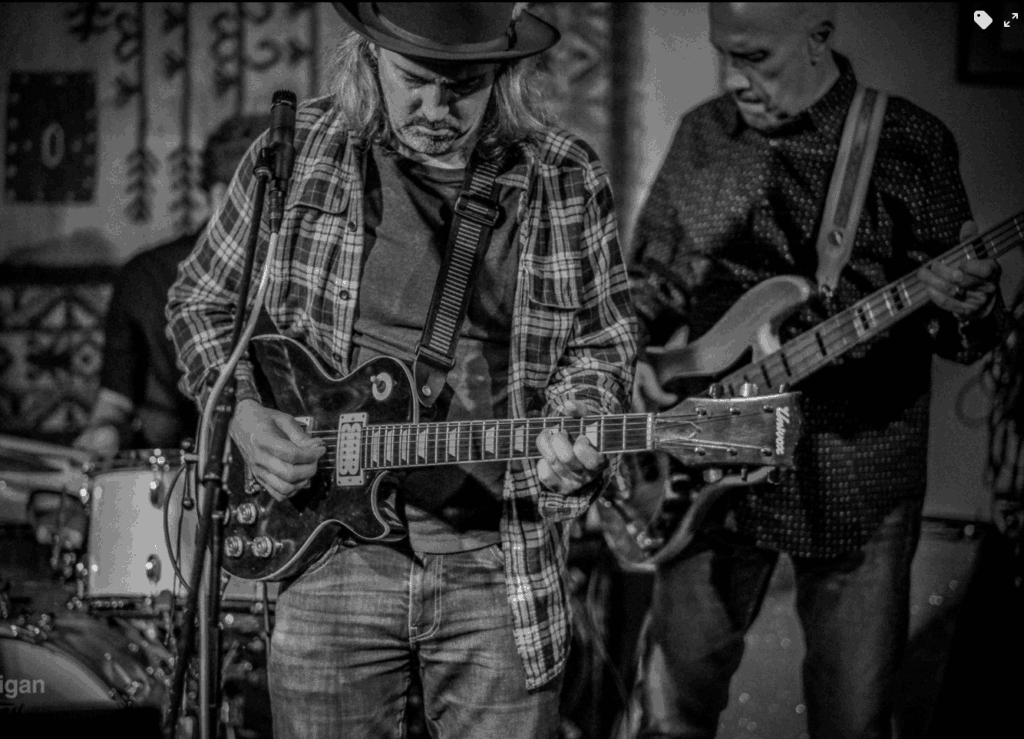
I’m not sure there is a more direct path to doing what I do. I was an American Studies major in college, and wrote a thesis about American Music that certainly was a great overview of the types of projects I might encounter. I also studied music compostion and learned to score and orchestrate, again important groundwork. Read more>>
Carley Walton

Much of my knowledge of darkroom techniques, film photography, and photographic concepts comes from having a safe space to explore my curiosities — guided by patience, experimentation, and an endless stream of YouTube searches, Reddit threads, and community forums. Read more>>
Jeffrey

It all started in school. Since taking elective classes in middle school, up until graduating college with a Bachelors in Art and Animation. I owe what I learned to the classes I wanted, classes that weren’t English, Math, or Social Sciences. Art classes is how I learned to draw, but post graduation is where I learned to express myself and develop my craft. At some point I dedicated to making a drawing a day challenge called “Draw or Die”. No matter how good or bad the drawing came out I had to create something in my sketchbook, or work on a page in my comic. It got the ball rolling with momentum and from that I noticed a lot of improvement in my craft and my peers noticed too. Read more>>
Erika Young

I first learned pottery at a community studio, where I immediately fell in love with the process. The feel of the clay, the challenge of shaping something from an idea in my mind, and the joy of sharing those pieces with others. Teaching has added another layer to that joy. It’s incredibly rewarding to watch others embrace the process and find their own sense of creativity. So much of pottery is about repetition and allowing time to build muscle memory. Rushing the process rarely works, but showing up consistently does. Read more>>
Lindsey Hobson

Many hours spent reading! I know everyone hears that a lot, but when it comes to learning how to write, there’s really no substitute for reading books in the genre in which you want to write. There are also so many resources available online to learn the craft of writing. I remember telling my daughter when she was first learning to read, “Once you start reading, you can learn anything you want to know.” I don’t think there’s really a “fast-track” to becoming a writer–the important thing is just to begin. Make time to write every day, or every other day. It doesn’t have a to be a large amount of words, just stretching those writing muscles will help you become more productive over time. Submit to contests. Read more>>
The End At Last

Our band has continually had to figure out “how to be a band” just like any others that have come before us. For us, we’re all starting off though in our mid 20’s and 30’s which is outside the norm. Combined with the growing abilities to do things digitally and record from makeshift home setups, we first set out to learn how to create music we were happy with before ever learning to play it together in a live context. Aside from simply learning how to utilize the hardware/software, we had to learn how to communicate with each other to be successful (which is a continuous process). Having a group of people all be aligned on a common goal is not an easy task when doing things creatively, as everyone has their own passions being considered. Read more>>
Sara Maria Jensen

I am a self-taught creative with graphic design, photography, digital marketing, and blogging expertise. My formative years were primarily spent in the realm of the hard sciences, where I began my academic career at the age of 16 on a full scholarship, specializing in chemistry. However, prior to this academic journey, I was deeply immersed in the arts—I was an avid writer, an artist, a violinist, and a professional ballet dancer. Yet, as I pursued higher education, I felt a growing sense of longing for the creative side of myself I had left behind. Read more>>
Sherry Snipes

I’ve always been creative, so when my children were young, they would give me the theme and the rest was history. I would take that idea and run with it. Since then, I’ve attended several balloon conferences as well as Big Balloon Builds from Orlando, Florida, St. Louis, Missouri, Pennsylvania, Penn, By attending these events have truly been essential to my growth and confidence in creating and growing. Read more>>
Tracy Petrekovich

When I first started in the world of boutique items, my focus was on embroidery. I had always been drawn to the beauty of personalized creations, and embroidery seemed like the perfect medium. I used money from my husband selling his truck to buy my first machine—a home business machine for our spare bedroom. It was a challenge as I was still working at my full time job as an Electronic Technician for the United States Postal Service. But there was something so gratifying about using my technical skills to bring designs to life on the embroidery machine. The personal satisfaction and love from my customers kept me going. Read more>>
Jenna Nelson
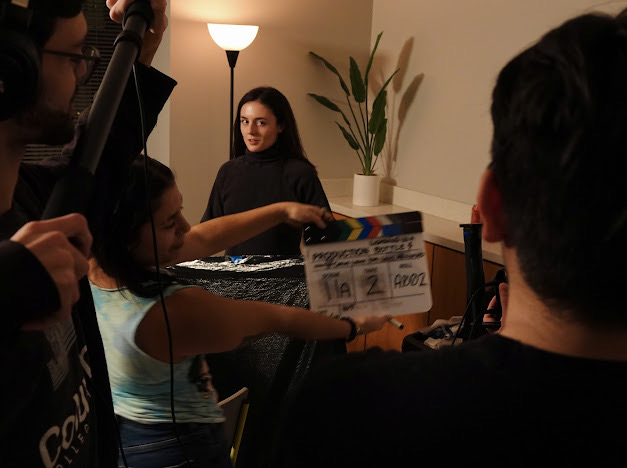
When I was in seventh grade, I watched the Saturday Night Live 40th Anniversary Special, and it sparked my passion for comedy and performance. I immediately told my dad that I wanted to take a comedy class, and he enrolled me at The Second City in Chicago, as we lived in the suburbs. I began taking classes there, which laid the foundation for my interest in comedy. Read more>>
William Doan

I know, nuts right? I didn’t use it in a professional setting, but looking back— some of my oldest YouTube skits came from that gaming system. I remember me and my friend would have sleep overs, and we’d have massive pillow fights. During these fights, I would set up my 3Ds to record our legendary epic battles. However, the fun part was watching those videos in-reverse; as we see pillows magically flying back to our hands as if we were in Star Wars, using the Force. Read more>>
RJ Higgins II

My path to art came from tragedy. After a severe spinal cord injury that left me paralyzed from the neck down all of my focus was on physical therapy. Fighting to get movement and find my place in this broken vessel. My left hand and left ankle began to move ever so slightly. Not being lefthanded I began to draw in an effort to gain dexterity and find motor control. I took a watercolor class with similar intentions and I was hooked. The craziest part is that I cannot feel my hands. I have to focus on each movement, think “don’t let go, don’t squeeze too hard, don’t grab the hot parts (my metal sculptures)”. After a few years my confidence grew and I wanted to see if I could learn to weld lefthanded within the new parameters I exist in. It’s challenging for sure but get therapeutic and fulfilling. Read more>>
Julie Olson

As a child, I loved to draw. I drew on walls, big paper pads, the backs of church programs, and in the margins of school notebooks. This love drove me to seek out ways to become better, so I could be better at translating the images in my head to paper. Since it this was before the internet age, I went to the library and checked out “How to Draw” books and started setting my home VCR to record painting shows on PBS with artists like Bob Ross and Brenda Harris. Even though I loved art, I also became involved in a lot of other pursuits during my teenage years. However, by the time college came around, I decided to focus on becoming a children’s book illustrator. I applied to the illustration program at the university I attended and was initially rejected. But I worked on my portfolio and applied again, receiving admittance after that second attempt. Read more>>
Gayle Madeira

I started learning art when I was a child, growing up on a pretty isolated farm in rural Virginia. I was very shy and didn’t spend much time with people, so I started drawing and making things as a way to communicate. I’d make something, give it to someone, and then run away. I didn’t have words, but I spoke through my art. Read more>>
Noir Angel

’ve been taking photos from a very young age, so I’ve understood the basic principles of photography for a long time now. In a sense, I don’t think I “know” much more today than I did years ago. What’s changed is how I use that knowledge and having better intuition. Read more>>
Nikita Jain
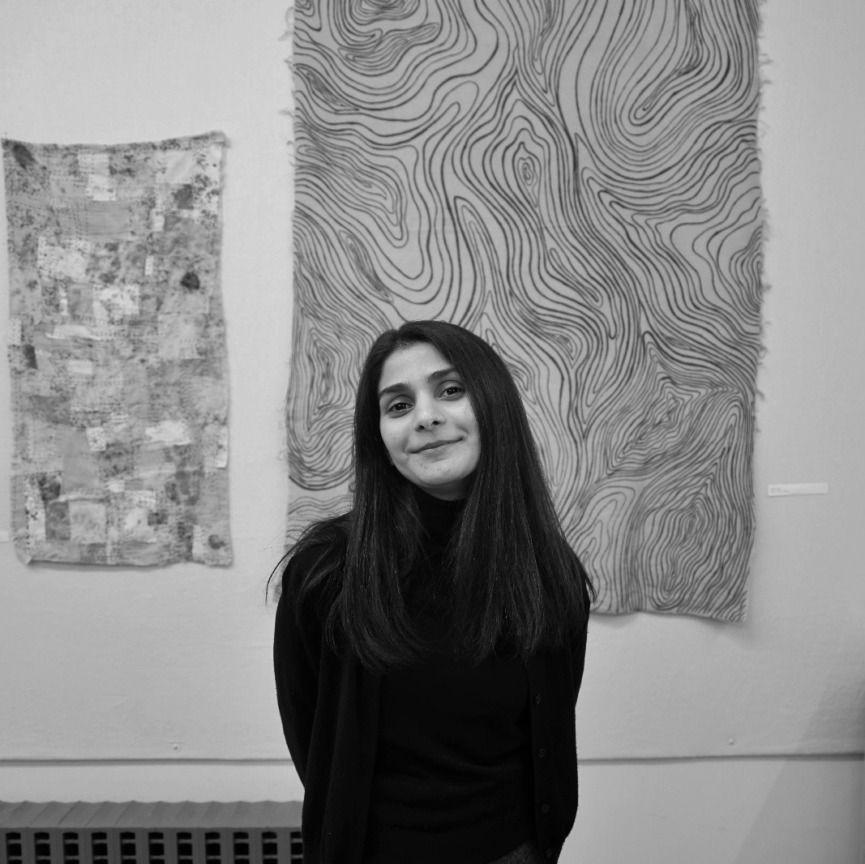
I learned through a combination of formal education, hands-on practice, and mentorship. The most valuable part of my learning journey came from being deeply immersed in materials—whether it was through my studies at Parsons, my time in Japan at the Kurume Kasuri Residency, or working with different artists along the way. Each experience taught me something new about the intersection of technique, culture, and the way that art can hold memory and story. Read more>>
Ladan Johari

I’ve learned what I do through relentless curiosity and experimental approach. I’ve always been driven by a desire to understand how things are made, whether it’s sculpting with bronze, creative coding, prototyping interfaces, or building immersive spaces. I love to experiment, tinker, and trying new materials and technologies to see how they can transform my creative ideas into tangible forms. I’m constantly learning by doing. The eagerness to explore has been my greatest teacher. Read more>>
Megan Tingey

There have been so many times that I have felt like an imposter as a designer and an artist, because I did not go to school for my BFA. My education was online, a certificate and then self-taught (with the good mentorship of other artists and creatives online). Truly, I have learned so much as I have just jumped in. If I could do anything over, I would have just started sooner. Start scared, start before you think you’re ready! Read more>>
Urian Smith

I learned from a wonderful and patient woman named June back in March 2014. She encouraged and made me repeat things over and over, something for which I am eternally thankful, because crochet is repetition. Classes with Ms. June was only 12 weeks long, so after that I relied on YouTube or any books I could find. Or, if I ran into fellow crochet enthusiasts, I would ask them to teach me something they know. Read more>>
Jarrett Leone

I grew up in a family of jeweler’s and learned the art of silversmithing at my parents’ workbenches as a child. I practiced on and off, worked with some other artists and made it my side hustle for a long time. Ten years ago, I was able to make it my full time job. Read more>>
Mariel De La Cruz

I learned a lot on the job mostly. I was able to lean into my food styling to get me some long term gigs that really allowed me to learn the extended basics while I made some money. Learning new skills has always been fun for me and I have dedicated most of my life to learning craft in several genres, from dance and being a vocalist, to pastry and writing, and now photography. Read more>>
Theresa Reish

I am lucky enough to be a 3rd generation Los Angeleno so pursuing a creative career wasn’t completely abnormal. For my family though, I am the first generation to be in a privileged enough position to actually do it. My parents could not deny my need to make art as kid and let me try out everything. My first love was drawing. I loved fine art. I had a coffee table book full of masterpieces and I would copy them with my markers and crayons on printer paper my dad brought home from his job. Then came dance as a afterschool program through STAR. Read more>>
Jennifer Zmuda

I learned to do what I do through a lot of trial and error. When I started photography, YouTube had only just launched, and it wasn’t the robust resource for photographers that it is today.
Looking back, I don’t think there’s a significant amount I could have done to speed up my learning process. I jumped right in, and while I didn’t have the budget for high-tech cameras and lighting equipment, it just meant that I had to get creative with what I could afford. Although attending a college program for photography would have been enjoyable, I think it would have formalized my learning too much and restricted my freedom to experiment freely. Ultimately, forging my own path has led me to where I am today. Read more>>
Earl Musick

I was very blessed to have known some of the most successful cartoonists, writers, and comedians in the business. Many famous cartoonists such as, Charles Schulz ( Peanuts), Mad magazine artists, successful TV sitcom writers and famous comedians who have traveled the world. I have been told by my mentors that if you want to be your best study the ways your heroes go about their career. As an artist study the way your hero draws, the techniques, the time that they put into what they do and then BE YOU. Create your own drawing style. Your own writing style and put in the time. The biggest obstacles in creativity is allowing small things that don’t really matter take up your mind and time. Read more>>
D’ana Nunez

I’m a visual/hands-on type of learner, so I continue to invest a lot of time into experimenting with new mediums and I also invest time into practicing–which has been the most important when I want to sharpen what I do or don’t know. Read more>>
Sam Schneider

Film school is a great resource. It’s where I gained a foundation for the basic elements of filmmaking, was given the space to experiment within certain facets of the medium and connected with a fantastic group of creative peers, many of whom are still my closest friend and collaborators today. But, perhaps more importantly, I think my education was most notably aided by the work I put in on my own time. Outside of my curriculum, I was always watching films, reading screenplays & interviews and trying to take advantage of anything that would give me insight beyond the mechanics of the process. Read more>>
Amelia LaChance

As someone who has always loved art, I have taken art classes for as long as I can remember. I began learning aesthetics and composition in high school. As far as technical skills go, I learned much of my current processes in undergrad and graduate school. Although, I think everything I had learned prior had helped inform these skills. In being asked how to speed up the learning process, I would advise people to work really hard. Art is a competitive field and it really requires a work grind. Additionally, if you are in classes, I think forming close relationships with your instructors can have a huge impact on your progress. Read more>>
Shayla Greene

I learned photography through a combination of passion, practice, and self-education. My journey began in middle school when I started taking pictures of everything around me. Once I received my first professional camera, I took it everywhere, capturing moments with friends and family. It was an upgrade from the small digital cameras that were popular during my party and club days, and I quickly realized I wanted to do more than just take casual snapshots. Read more>>
Judy Febles

I went to film school to learn about filmmaking. But it wasn’t until I actually got on set I was able to learn about the filmmaking process. There are so many different variables in play on each production, it would be impossible for a class to prepare you for all of them. It’s so important to learn more about your craft from folks who have more experience than you too. Don’t let your anxieties, or intimidation hold you back from speaking to folks who could potentially help you learn more, and potentially further your career. Read more>>
Micaela Carballo
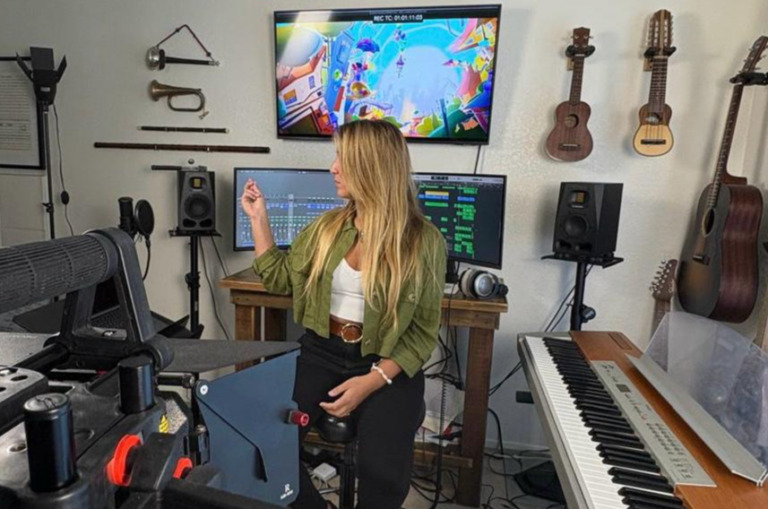
Learning has always been a way of life for me. I decided to study music when I was just 6 years old, and my journey as a musician has mostly unfolded within academia. When I was 18, I made the decision to pursue music as a professional career. I remember my parents encouraging me to attend university and earn a degree in a career that help me to find a job. I researched music programs in Argentina and gathered the courage to sit down with them. I told them, “Mom, Dad, I’ve decided to study music. I’ll attend the University of La Plata to study composition. I understand if you don’t agree, but this is what I truly want to do. I’ll work day and night if I have to.” Read more>>
Blair Simmons

So I don’t necessarily work in a way where there is one thing that I’m trying to learn and in fact, I think about learning as something that I am consistently doing and continuously over time. I don’t think that I could have gotten to where I am any faster than I have and I don’t think I’m done yet.
Collaboration is the way to learn. Teaching something you don’t know is the best way to learn. And listening to what other people have to say and asking good questions. The moments I’ve stopped learning is when I thought I knew everything. Read more>>
April Billingsley

I’ve always loved passing on knowledge, so the teaching and coaching part of what I do has come pretty naturally. But when it comes to acting, there are so many things I wish I’d known earlier. One of the biggest lessons was realizing that not all training is created equal. When I was younger, I tended to take classes based on convenience—what was nearby, what fit my schedule—instead of seeking out the best possible teachers. If I could go back, I’d be much more intentional about learning from people who had either done what I hoped to do or had trained actors whose work I really admired. Read more>>


